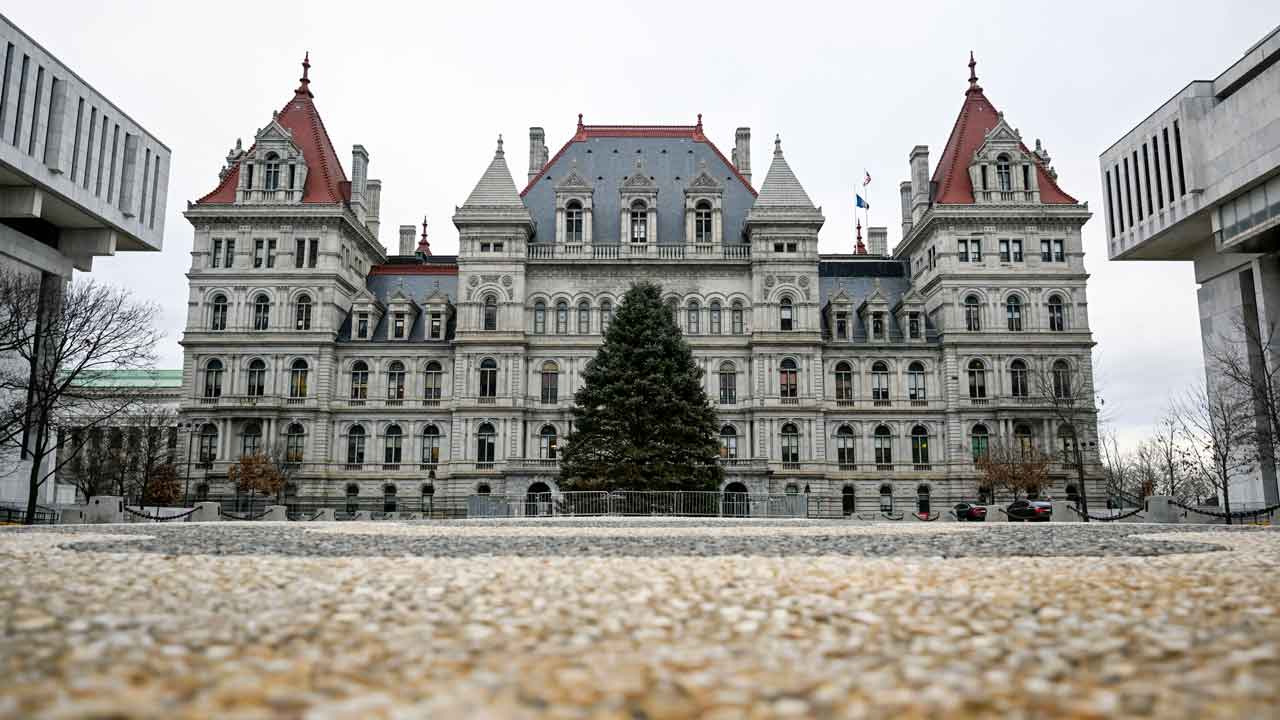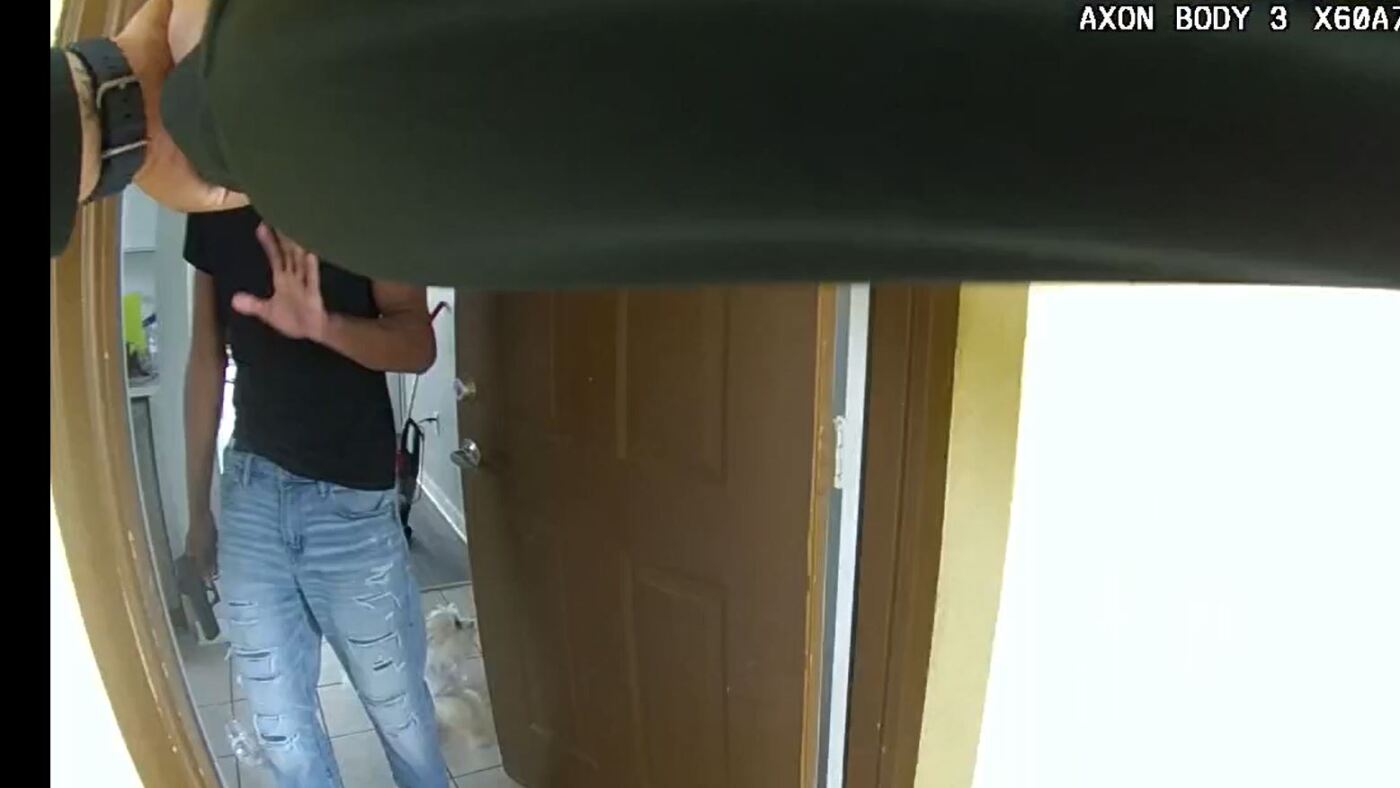Nebraska
Nebraska Groundwater Levels Continue to Decline After Several Years of Drought

Groundwater levels in much of Nebraska continue to decline after several years of prolonged drought, according to the most recent statewide groundwater level report from the Conservation and Survey Division in the University of Nebraska–Lincoln’s School of Natural Resources.
Of the 4,822 wells measured statewide, 85% exhibited declines from spring 2022 to spring 2023.
Groundwater level changes in Nebraska are impacted by withdrawals, primarily for irrigation, and the amount of recharge from precipitation. The hotter and drier a growing season is, the less water is available for aquifer recharge and the more water is required for supplemental irrigation, thus, groundwater levels decline. Conversely, in years of above-average precipitation, more rainfall leads to greater recharge, less pumping is required for irrigation, and groundwater levels rise.
From January 2022 to January 2023, precipitation recorded at all 189 reporting stations in Nebraska was less than the 30-year normal. Below-average precipitation and an increased need for irrigation led to groundwater level declines of more than 20 feet at some locations. Moreover, because drought conditions have persisted across much of the state since mid-2020, groundwater levels have declined significantly in the last three years. On average, water depth in Nebraska wells has declined by 3.15 feet since spring 2020. Early reports for 2024 suggest this trend will continue in at least the eastern third of the state.
Despite recent groundwater level declines, Nebraska has significantly more groundwater resources than other states that sit atop the critical High Plains aquifer system. It also has a nation-leading system of groundwater management by virtue of its 23 natural resources districts, and groundwater use is regulated through regional management plans. In certain areas of the state, however, recent and long-term groundwater level declines are concerning. Some wells may eventually go dry or need to be drilled deeper to maintain groundwater availability.
Long-term change maps in the report still depict the abundance of groundwater in the state. Local changes in groundwater levels from predevelopment times (before the widespread use of groundwater for irrigation) range from increases of more than 120 feet to declines of about 130 feet. Groundwater levels in most of Nebraska have experienced a net change of less than 20 feet since predevelopment times. Parts of Chase, Perkins, Dundy and Box Butte counties, in contrast, have experienced major, sustained declines in groundwater levels due to a combination of factors. Irrigation wells are notably dense in these counties, annual precipitation is comparatively low, and there is little or no surface-water recharge to groundwater there.
The Conservation and Survey Division report was authored by Aaron Young, Mark Burbach, Susan Lackey, R. M. Joeckel, Jeffrey Westrop and Nawaraj Shrestha.
A free PDF of the report can be downloaded here. Print copies can be purchased for $7 at the Nebraska Maps and More Store, 3310 Holdrege St., or ordered by phone at 402-472-3471 or online.

Nebraska
Drought improving but still hanging around southeast Nebraska

LINCOLN, Neb. (KLKN) – The drought is easing in Nebraska, but it’s stubborn in some spots, mainly the southeast part of the state.
On Thursday, the Lincoln-based National Drought Mitigation Center released a map showing that only 20% of the state is in drought.
At this time last year, practically the entire state was parched.
Today, most of Lancaster County is still in moderate drought, though things are improving.
SEE ALSO: Nebraska farmer says wet spring is setting harvest up for success
Tom Peterson, a farmer near Waverly, said the increase in rain gives him hope, but there is still room for improvement.
“We might be able to raise a crop, get enough grass for the cows,” said Peterson. ” I mean, the subsoil moisture isn’t there yet. We’re getting soaked up from the top down, and it hasn’t gotten that far down yet.”
Peterson said growing was difficult in 2023, but this year is looking better.
“The rains have been nice and soaking,” he said. “And that’s beneficial to getting our corn crop and our bean crop off to a good start. Give them the best start they can, and then you got to hope you’re going to continue to get those rains over the summers to keep feeding those things.”
SEE ALSO: Nebraska farmers ‘cautiously optimistic’ as planting begins
While his grass and crops are growing, Peterson said some of the creeks and ponds on his property could use a little more moisture.
“Those ponds are actually ground fed,” he said. “So the water level underneath is what actually brings the water level up in those ponds.
Peterson said once those ponds start to fill, that will be a sign that the drought is no more.
SEE ALSO: ‘Are we going to have a crop?’: Nebraska farmers worried about drought
He is hopeful that Friday morning’s storm will be productive and not destructive.
“We got a good grass stand to start with now, and there’s a good start with that for the cows,” he said. “But if that floods over, that lays all that grass over, covers some of it with mud. And, you know, you lose a lot of tonnage, a lot of a lot of meals for the cows.”
Peterson does not use irrigation, so he’s hoping Mother Nature will give him a helping hand.
“She takes good care of things, most of the time,” he said. “If we don’t have to haul water to the cows, that’s great … We’re dryland farmers. But you know, if Mother Nature gives us a shower every now and then, it’s very beneficial, and you don’t have to sit there and hope for rain.”
SEE ALSO: The latest forecast from the Storm Alert Team
Nebraska
Nebraska economic indicator increases 0.42% in April

LINCOLN, Neb. (Nebraska Today) – Nebraska’s Leading Economic Indicator, designed to predict economic activity six months into the future, rose 0.42% in April.
“The monthly report suggests the Nebraska economy will grow during the fourth quarter of 2024,” said economist Eric Thompson, director of the Bureau of Business Research, department chair and K.H. Nelson College Professor of Economics. “Overall, while the Nebraska economy struggled in the first quarter of 2024, growth is expected to accelerate mid-year and continue through to the fourth quarter.”
The six components of the indicator are business expectations, building permits for single-family homes, airline passenger counts, initial claims for unemployment insurance, the value of the U.S. dollar and manufacturing hours worked. Three components improved during April.
“Nebraska manufacturing hours worked grew again in April, as the state and national manufacturing industry continued to strengthen,” Thompson said. “The labor market also strengthened during April.”
Business expectations were positive, as respondents to the April Survey of Nebraska Business reported plans to increase sales and employment over the next six months. Initial claims for unemployment insurance also fell.
Read the full report and a technical report describing the indicators.
Click here to subscribe to our 10/11 NOW daily digest and breaking news alerts delivered straight to your email inbox.
Copyright 2024 KOLN. All rights reserved.
Nebraska
Nebraska, Iowa on alert for severe storms Thursday as tornado-ravaged areas in path once again

Severe thunderstorms are expected across the Great Plains on Thursday where a few tornadoes and very large hail are probable.
OMAHA, Neb. – Two days after devastating storms ravaged Nebraska and Iowa, causing widespread damage and flooding, another series of severe storms is poised to hit the same areas on Thursday.
These storms have the potential for tornadoes and unusually large hail, posing significant risks to the threatened regions.
HOW TO WATCH FOX WEATHER
(FOX Weather)
Within the Great Plains corridor, the FOX Forecast Center said an area of enhanced wind likelihood is most likely to develop across the Central Plains during Wednesday evening. Some of these gusts should be significant, reaching 75-85 mph before they move through the previously tornado-impacted areas overnight.
The best chance of severe storms will be from Nebraska into the Dakotas as a developing area of low pressure moves out into the Plains. While moisture may be limited, significant heating will result in a few storms across the western areas by late Thursday afternoon.
POWERFUL IMAGES CAPTURE DEADLY DEVASTATION FROM TORNADO’S AFTERMATH IN GREENFIELD, IOWA
NOAA’s Storm Prediction Center has placed a swath of eastern Nebraska and northern Kansas in a Level 3 out of 5 severe weather risk Wednesday with a much wider area covering over 20 million people across much of the Plains in a Level 2 out of 5 risk.

(FOX Weather)
Elsewhere, severe storms will remain rather scattered across the southern Plains through the Mid-South but could become quite strong during the afternoon and evening hours, the FOX Forecast Center said.
Wichita, Kansas, Oklahoma City and Dallas are among the major cities that may encounter this significant weather event.
A Level 1 severe weather threat also extends across the mid-Atlantic into the Interstate 95 corridor across New England on Thursday, including the major cities of New York City, Boston, Washington and Philadelphia.
Thunderstorms may bring large hail or damaging wind gusts here, but the tornado threat is minimal.
-

 Politics1 week ago
Politics1 week agoDem newcomer aims for history with primary win over wealthy controversial congressman
-

 Politics1 week ago
Politics1 week agoSouthern border migrant encounters decrease slightly but gotaways still surge under Biden
-

 World1 week ago
World1 week agoSlovakia PM Robert Fico in ‘very serious’ condition after being shot
-

 World1 week ago
World1 week agoCanadian Nobel-winning author Alice Munro dies aged 92
-

 Politics1 week ago
Politics1 week agoVulnerable Dem incumbents move to the center in key swing states as Biden panders to far-left base
-

 News1 week ago
News1 week agoDespite state bans, abortions nationwide are up, driven by telehealth
-

 World1 week ago
World1 week ago‘Monstrous crime’: World reacts to attack on Slovakia’s prime minister
-

 News1 week ago
News1 week agoSmall but mighty Nimble becomes first mixed-breed dog to win Westminster agility title















